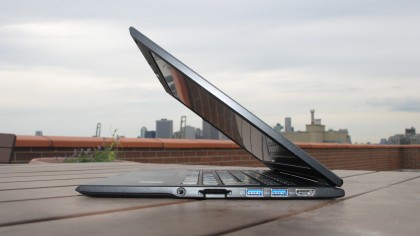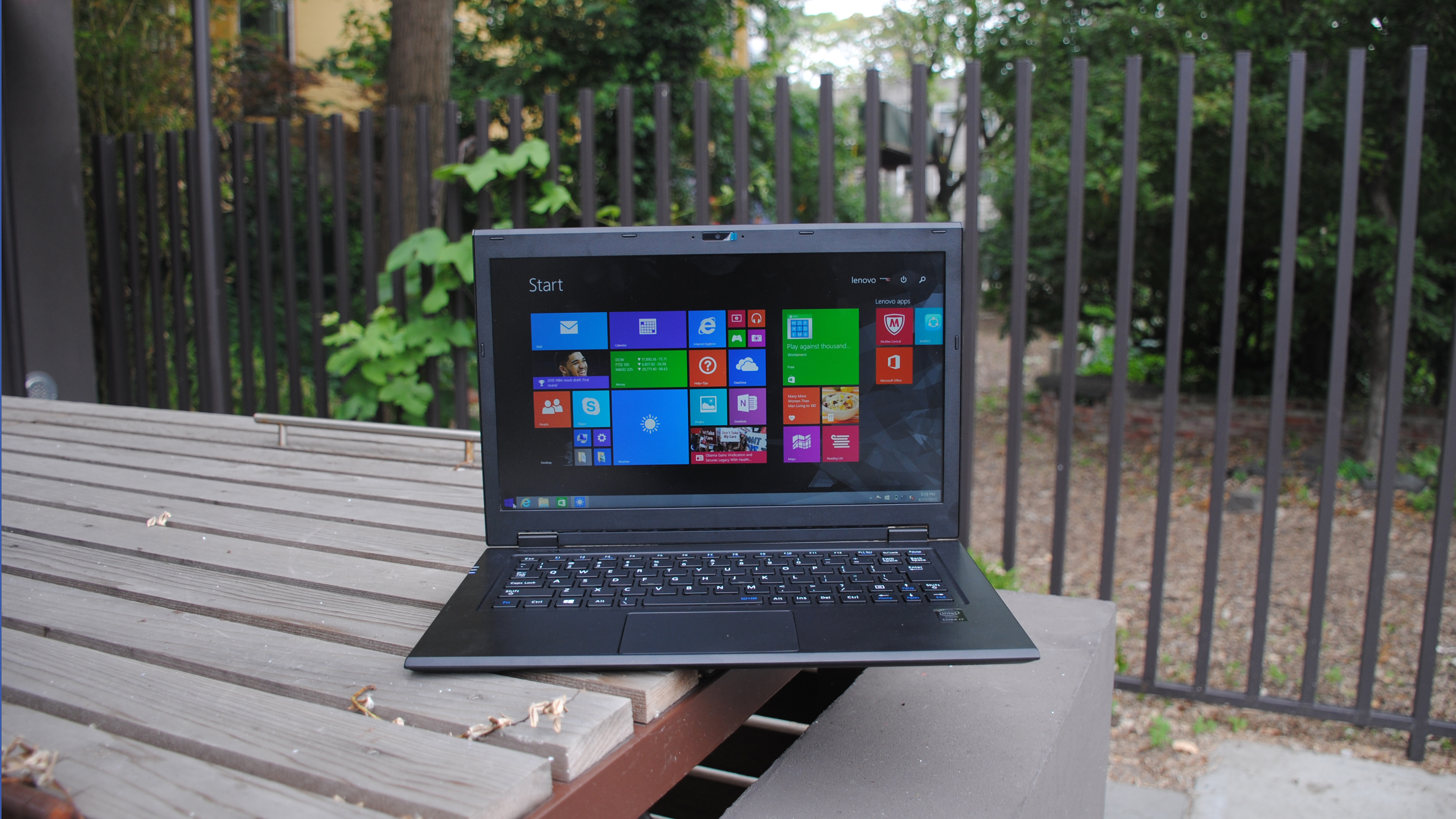Why you can trust TechRadar
As I mentioned earlier, this laptop is one of the lightest and thinnest on the market. It's weight (or lack thereof) is revolutionary. Furthermore, Lenovo deserves to be commended for creating a lightweight device with a healthy amount of ports and connectivity
Even better was Lenovo's decision against using the fanless Intel Core M processor, which would have further reduced the laptop's weight if only by a small margin. By choosing Intel's industry-leading, fifth-generation Core i7 processor, Lenovo created a super lightweight device that can also help you stay productive.
Specifications
Here is the Lenovo LaVie Z HZ550 configuration sent to TechRadar for review:
- CPU: 2.40GHz Intel Core i7-5500U (dual-core, 4MB cache)
- Graphics: Intel HD Graphic 5500
- RAM: 8GB LPDDR3 (1,600MHz)
- Screen:13.3-inch WQHD (2560 x 1440) LED anti-glare
- Storage: 256GB SSD
- Ports: 2 x USB 3.0, HDMI-out, SD card reader, combo headphone and mic jack
- Connectivity: Wi-Fi 802.11 ac and Bluetooth 4.0
- Camera: 720p HD
- Weight: 1.87 pounds
- Size: 12.56 x 0.67 x 8.35 inches (W x D x H)
The Lenovo, Dell and Asus all come with a similar set of ports and connections, so you're not really gaining an advantage with one over the other. However, it is a design coup for Lenovo to have added a similar set of ports to a unit that weighs dramatically less than its rivals, and is similar in dimensions. For clutter-phobes, this spec sheet is a delight.
Each laptop comes with 230-256GB of storage, so there really is no advantage in terms of how much data you'll cram into each notebook.

The major difference between the three laptops is weight and screen resolution. We've already discussed weight ad nauseum. However, the Lenovo display also warrants extra attention. Dell's entry level XPS, and Asus' Zenbook come with only a full HD screen, so you're actually getting a much more complex and dense screen with Lenovo's WQHD model.
Given that all of the spec sheets are so similar, you've got to ask yourself if the price is worth the output. That's where performance becomes an incredibly important factor in how you determine whether it's better to spend or save the extra coin.
Current page: Specifications and value
Prev Page Introduction and design Next Page Performance and features